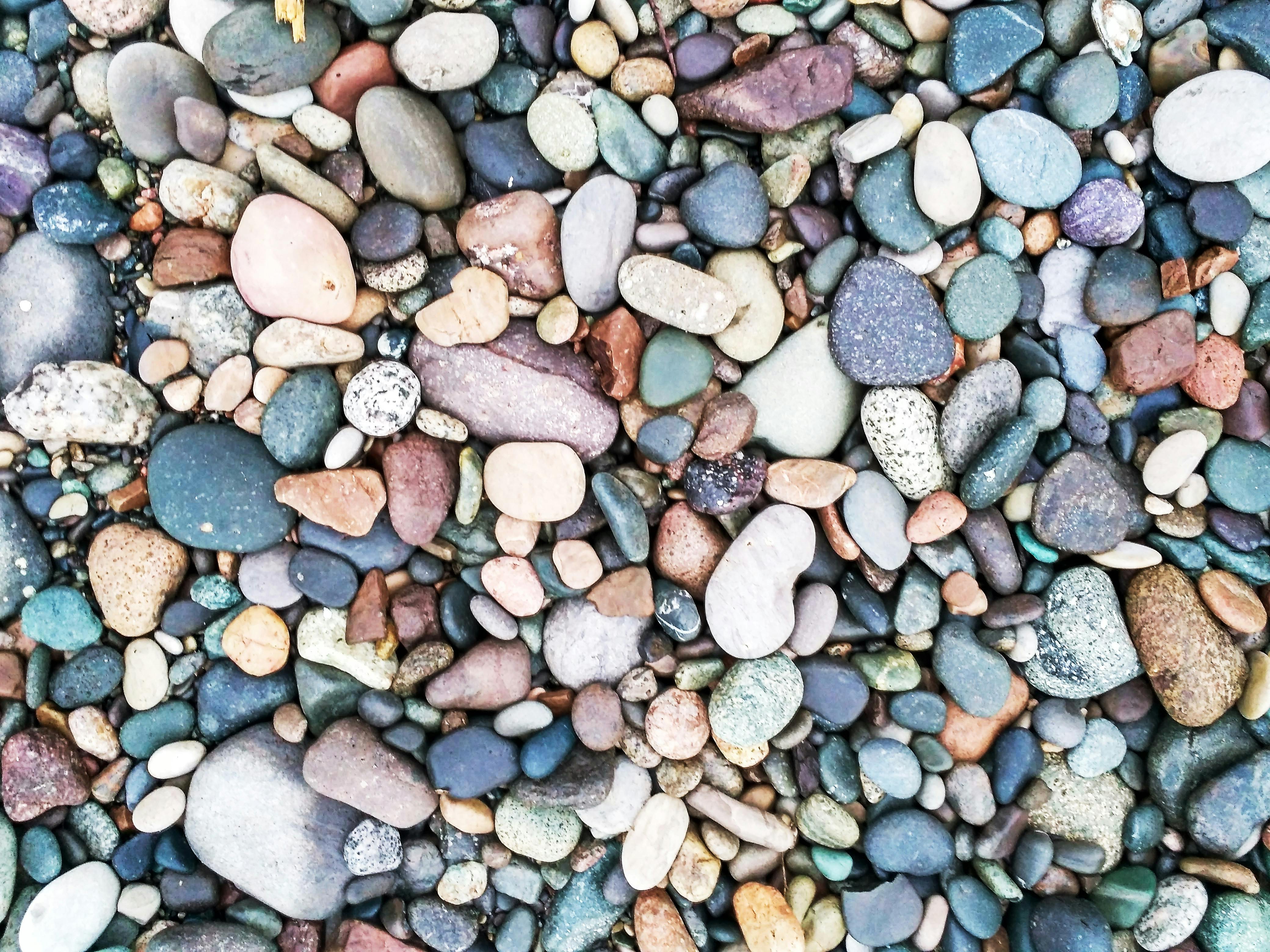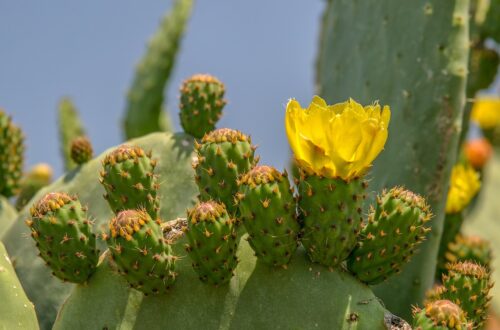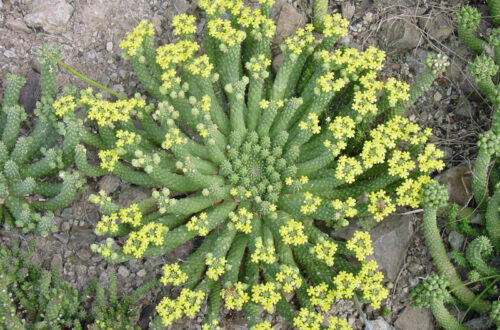
Basic Supplies for Planting Succulents
Have you ever admired the vibrant beauty of succulents and thought about starting your own succulent garden? These charming plants are not only low-maintenance but also bring a touch of nature’s artistry into your space. To ensure your succulents thrive, having the right supplies is essential. From choosing the perfect pot to preparing the right soil, each element plays a crucial role in the health and beauty of your plants. Let’s walk through the essential supplies you’ll need to successfully plant and grow succulents in your garden or home.
Disclosure: Some of the links on this blog are affiliate links, which means I may earn a small commission if you make a purchase through them. This comes at no additional cost to you and helps keep this blog running for free. Thank you for your support!
1. Succulent Pots
Choosing the right pot is the first step in planting succulents. Succulent pots come in various sizes and materials, and the choice you make can greatly influence the health of your plants. Opt for pots with drainage holes to prevent water from accumulating at the bottom, which can lead to root rot. Terra cotta pots are a popular choice because they are porous and help with air circulation and moisture control. However, ceramic and plastic pots can also work well, provided they have proper drainage. When selecting a pot, ensure it’s slightly larger than the root ball of your succulent to allow for growth. Decorative pots can add a personal touch to your space, but make sure they still meet the functional needs of your plants.

2. Succulent Soil Mix
Succulent soil mix is crucial for providing the right balance of drainage and nutrients. Unlike regular potting soil, which can retain too much moisture, succulent soil is designed to drain quickly and prevent waterlogging. You can purchase pre-made succulent or cactus soil mix from garden centers or make your own by mixing equal parts of potting soil, perlite, and coarse sand. This combination ensures that the soil remains loose and well-aerated, promoting healthy root growth and preventing rot. For added drainage, you can also mix in small amounts of pumice or volcanic rock. Always check that the soil is dry before watering, as succulents prefer to be on the drier side.

3. Watering Can or Spray Bottle
Watering succulents correctly is key to their health, and having the right watering tool can make this task easier. A watering can with a narrow spout is ideal for providing a controlled amount of water directly to the base of your plants, reducing the risk of overwatering. For succulents in smaller pots or terrariums, a spray bottle can be a more convenient option. Use it to mist the soil lightly, allowing the moisture to reach the roots without overwhelming them. Remember that succulents prefer to dry out between waterings, so always check the soil’s moisture level before adding more water. Proper watering techniques will help maintain the vibrant colors and shape of your succulents.

4. Trowel and Hand Tools
When it comes to planting succulents, having the right hand tools can make the process smoother and more efficient. A small trowel is perfect for scooping and transferring soil into pots, while a hand fork can help with loosening and aerating the soil. For more delicate tasks, such as planting small offsets or seeds, tweezers and small brushes can be incredibly useful. These tools help you manage your succulents with precision, ensuring that you don’t damage the roots or leaves. Keeping your tools clean and in good condition will help maintain the health of your plants and make your gardening tasks more enjoyable.

5. Fertilizer
Succulents generally require less fertilizer compared to other plants, but providing them with the right nutrients can boost their growth and color. Use a balanced, water-soluble fertilizer designed for cacti and succulents. Fertilizing once a month during the growing season (spring and summer) is usually sufficient. Avoid over-fertilizing, as too much can lead to salt buildup and potentially harm your plants. Diluting the fertilizer to half the recommended strength is a good practice, especially if you’re unsure about the right amount. In the winter, succulents typically enter a dormant phase and require little to no fertilization.
6. Pebbles and Rocks
Adding pebbles or rocks to your succulent pots is not just for decorative purposes; they also help with soil drainage and root health. A layer of small pebbles at the bottom of your pot can provide extra drainage space, preventing excess water from sitting at the base and causing root rot. Decorative rocks or gravel on the soil surface can also help to reduce soil evaporation and keep the soil temperature stable. Additionally, they can add a finished look to your plant arrangements. When choosing pebbles or rocks, opt for clean, non-porous varieties to avoid introducing unwanted pests or diseases.

7. Pruning Shears
Pruning shears are essential for maintaining the shape and health of your succulents. Regular pruning helps to remove dead or damaged leaves, encourages new growth, and keeps your plants looking their best. For larger succulents or those with thick, woody stems, use sharp, clean pruning shears to make precise cuts. For smaller or delicate plants, use scissors or hand pruners. Always disinfect your tools between cuts to prevent the spread of diseases. Pruning also allows you to propagate your succulents by taking healthy cuttings and replanting them, which is a great way to expand your collection.

8. Gloves
Wearing gloves while handling succulents is a good practice, especially when dealing with spiky varieties like cacti. Gloves protect your hands from thorns and spines and can also help keep soil and debris from getting under your nails. Choose gloves that are durable and provide a good grip to handle your plants safely. For more intricate tasks, such as repotting or removing pests, consider using gloves with thinner, more flexible material. By protecting your hands, you can make your gardening experience more comfortable and enjoyable.

9. Humidity Tray
A humidity tray can be beneficial for maintaining the right moisture levels for succulents, especially in dry indoor environments. These trays are typically filled with pebbles and water, which evaporates and adds a slight humidity to the air around your plants. This can help to prevent the soil from drying out too quickly and create a more stable environment for your succulents. Place the tray beneath your pots or near your plants to help regulate moisture levels. Ensure that the water level does not touch the bottom of the pots to avoid waterlogging the soil.

10. Plant Labels
Plant labels are useful for keeping track of the different types of succulents in your collection, especially if you have a diverse assortment. Labels can help you remember the names, care instructions, and propagation details for each plant. Use durable, waterproof labels to avoid fading and ensure they stay readable over time. You can also use color-coded or customizable labels to make organization easier. Proper labeling not only helps with plant care but also adds a professional touch to your succulent display.

By gathering these essential supplies, you’ll be well-prepared to plant and care for your succulents, ensuring they thrive and bring beauty to your space. Whether you’re starting with a few plants or creating a large succulent garden, having the right tools and materials will make your gardening experience more enjoyable and successful.




